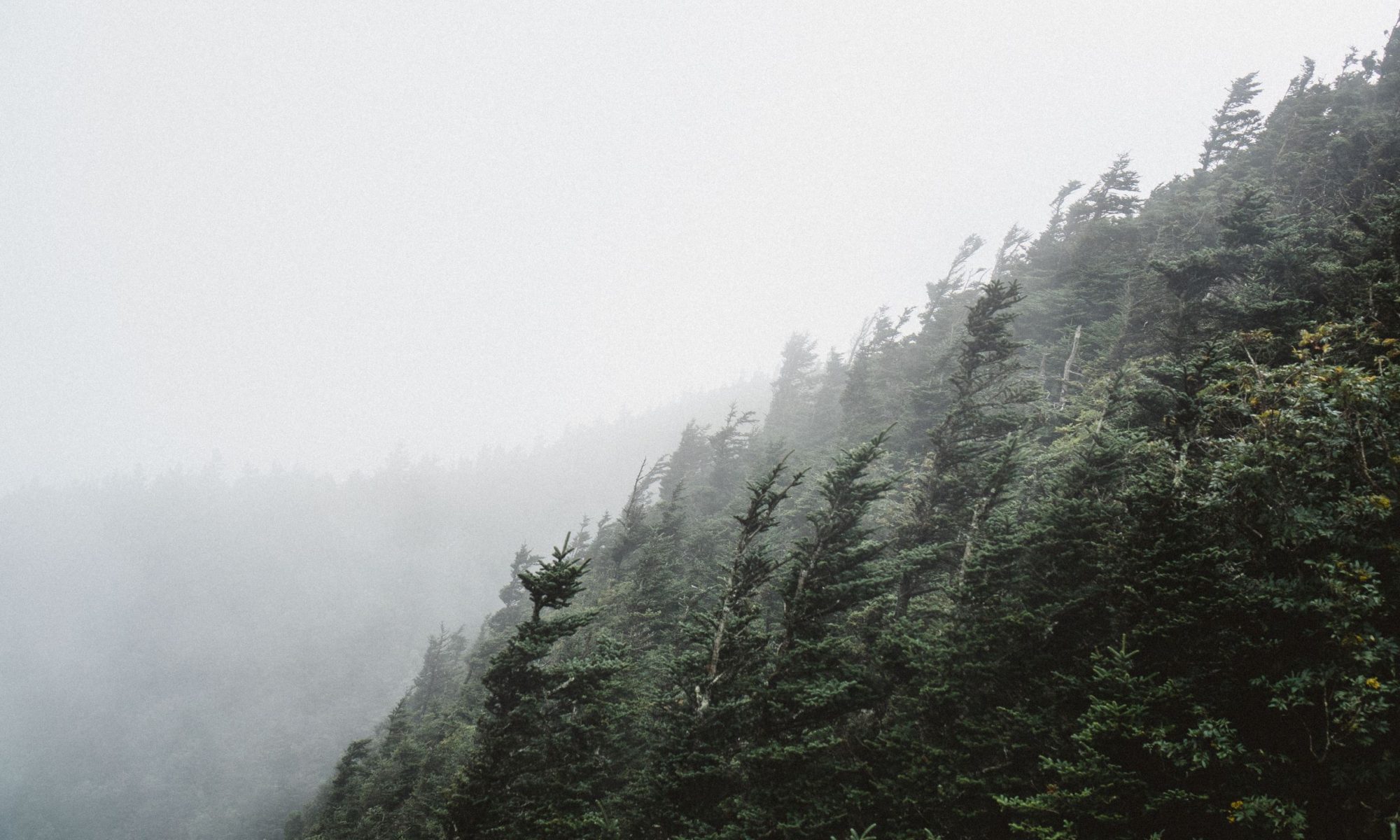Vic Hasler reporting
On a gorgeous, late fall, Sunday afternoon, one car carrying David Kossor, Gerald Scott, Marc Schurger, and Vic Hasler took the 50-minute drive to the trailhead arriving at 2PM. With an early 5:30PM sunset, long shadows were already creeping into the valley. Leaves thickly covered the gravel road which runs along the cascading Rocky Fork stream. Back on wintery January 10, 1789 morning, John Sevier and his men had to walk or ride horses in snow along or in the cold flow – pulling “grasshopper” field cannon with three pound balls/canister shot. A portion of the troops were also sent over Flint Mountain to close the retreat path. Upon reaching Flint Creek, we discovered that a large blowdown across the stream has been converted into a simple bridge, thus affording a quick and dry passage. The Indian encampment site was in the bottomlands where the two creeks merged. Sevier reported determining their exact location from the smoke of their campfires. The wet weather caused the gunpowder to not function, so the battle quickly evolved into hand-to-hand combat with sword and tomahawk. The encounter was no longer than an hour, leaving a “bloody field” per the governor’s report. For the hikers, we could see the regrowth forest in the lowlands, but could only imagine what occurred on that snowy morning. We hiked to the upper end where the Flint Trail continues following the creek up to the ridgeline at the A.T., and then turned back. A nice easy three-mile hike was enjoyed. Some will be back next year to pursue fishing, and a hike to the top of White House Cliffs as a newly cut trail was observed.


Tennessee Eastman Hiking & Canoeing Club
Supporting hiking and canoeing in the North East Tennessee area